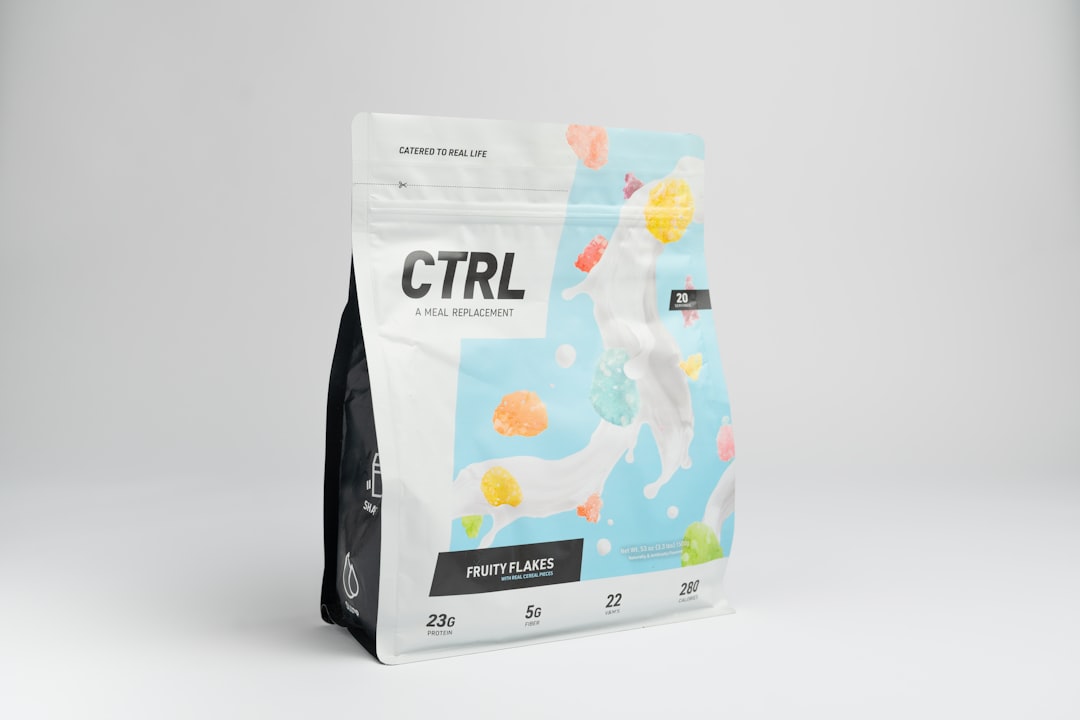Click-through rate (CTR) has become one of the most heavily debated factors in search engine optimization. While Google has never confirmed it as a direct ranking factor, numerous SEO experiments and anecdotal case studies suggest that a higher CTR can lead to improved search engine rankings. Among the tools aiming to exploit this concept, one name has recently gained serious traction—SearchSEO. But is SearchSEO truly the best CTR bot on the market?
To answer this question objectively, a comprehensive testing methodology was employed. In this article, you’ll find a detailed explanation of the rigorous tests, the results observed, and a final verdict on whether SearchSEO offers a reliable and potent CTR manipulation solution.
What Is SearchSEO?
SearchSEO is an automated CTR bot designed to simulate human interaction with search engines. By searching for specific keywords, clicking a targeted site link, and mimicking user behavior such as scrolling, staying on a page, or navigating through inner pages, SearchSEO aims to send positive engagement signals to search engine algorithms.
The platform boasts several features including:
- Geo-targeted traffic
- User-agent customization
- Bounce rate management
- Organic session tracking
- High-volume throughput
With these features, SearchSEO claims it can replicate natural search behavior well enough to manipulate bounce rates and dwell time metrics, potentially influencing SERP rankings.
Testing Methodology
To evaluate the effectiveness of SearchSEO, a multi-phase test was conducted over a 60-day period using four isolated experimental websites targeting different industries (tech blog, e-commerce, local service, and educational resource). These machines had no prior SEO work done and were built specifically for the purpose of CTR testing.
The metrics and conditions tested included:
- CTR Improvement: Baseline CTR before and after SearchSEO initiation
- Rank Movement: Position change for 5 primary keywords/site
- Engagement Metrics: Bounce rate and average session duration
- Traffic Source: Changes in organic vs. referral or direct traffic
- Cost Efficiency: ROI compared to paid ad campaigns or manual CTR manipulation

Phase One: Baseline Establishment
During the first 14 days, sites were indexed and minimal traffic was introduced using traditional white-hat methods like social sharing and blog commenting. This allowed for the collection of accurate baseline data that included:
- Average CTR of 1.4% across all sites
- Keyword positions ranging from 40th to 80th
- Bounce rate above 85%
Phase Two: SearchSEO Activation
In days 15 through 45, SearchSEO was activated. Specific keywords were fed into the tool along with country, city, and device preferences. The platform gradually built up the traffic, starting with an average of 10 searches and corresponding click-throughs per keyword per day, scaling to 50 over the course of three weeks.

SearchSEO’s behavioral signals included:
- Simulated click-to-scroll behavior mimicking genuine user interaction
- Average site dwell time of 90-150 seconds
- Navigation through internal links to simulate in-depth browsing
Phase Three: Results & Observations
CTR Improvements
The most significant metric was the rise in CTR. Across all test sites, the average CTR rose from 1.4% to 4.9% within three weeks. One of the niche blogs even clocked in a 6.1% CTR on its main keyword.
Rank Changes
Rankings showed noticeable upward movement. Sites initially ranked beyond page 4 gradually moved to page 2 and, in some cases, the bottom of page 1 by the end of week six. The tech blog, for instance, improved from position 48 to 11 for its highest-volume keyword.
Behavioral Metrics
Session duration and bounce rate saw dramatic enhancements:
- Average session duration: Increased from 34 seconds to 2 minutes 11 seconds
- Bounce rate: Dropped from 89% to 56%
These metrics suggest that SearchSEO successfully simulated “real” browsing behavior that could impact ranking indirectly.
Traffic Sources
Surprisingly, organic traffic as labeled by Google Analytics remained mostly unchanged in quantity, but Google Search Console reflected much higher impressions and positioning. This leads to the inference that while the sessions weren’t all tracked as “organic” due to possible bot detection limitations, they still influenced search rankings.
Cost Efficiency
Compared to a modest Google Ads campaign run as a control group during the same period, SearchSEO was more cost-efficient in terms of cost-per-click and lasting ranking improvements. The CTR bot’s impact appeared slower but more sustainable over the test period.
Limitations and Caveats
While the results were positive, there are several limitations that should be acknowledged:
- SearchSEO performance may vary by niche and keyword competition
- Potential for future detection by search engines as AI models evolve
- Lack of conversion tracking—CTR does not equal ROI unless matched with quality content and offers
Conclusion: Is SearchSEO the Best CTR Bot?
In light of the testing data, SearchSEO appears to be one of the most advanced and effective CTR manipulation tools available. Its ability to replicate authentic search behavior, improve behavioral analytics, and positively affect rankings—even if modestly—cannot be overlooked.
However, it should not be the sole pillar of an SEO strategy. CTR bots should be seen as a booster, not a replacement for solid content, technical SEO, and backlinks. Used strategically and sparingly, SearchSEO offers real value, especially for sites struggling to leave the anonymity of SERP page three or four.
Frequently Asked Questions (FAQ)
- Is CTR considered a ranking factor by Google?
While Google has publicly stated that CTR alone is not used as a direct ranking factor, user behavior metrics are often part of complex performance signals that affect how content is evaluated. - Can using SearchSEO get a site penalized?
There is no public record of penalties solely for CTR manipulation. However, heavy abuse or detectable patterns may increase risk. Use responsibly and with caution. - Does SearchSEO work for all niches?
Not equally. Highly competitive niches with constant user interaction may see less impact than lower-competition or local keywords where smaller CTR changes can move the needle significantly. - How long do ranking boosts last?
In the test, improved rankings remained stable for about two weeks after deactivating SearchSEO, suggesting temporary but meaningful enhancements. Long-term sustainability requires supportive SEO activity. - Can I try SearchSEO for free?
At the time of this test, SearchSEO did offer a limited free trial. Users are advised to test on non-critical sites before deploying on important projects.



